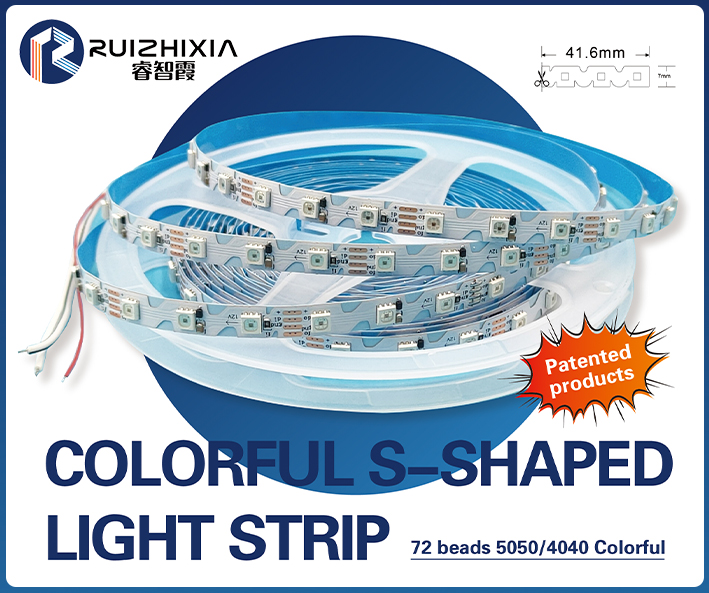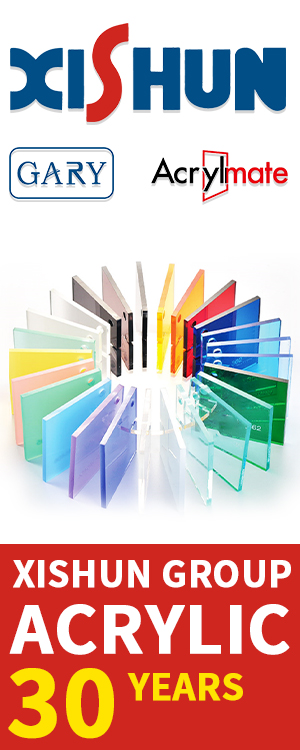DO YOU EVER LOOK at a colorful, overcrowded, confusing sign and wonder “what does it say?” The use of gradated backgrounds, multiple colors, too many words and poor planning make a sign difficult to read and render it useless. Great design is key when it comes to signage but sign designs need a good balance of artistic talent and technical functionality.
One should always keep it simple and as universal as possible. Here’s a checklist that can be kept close at the design computer to remind you and your staff of the essential first steps to putting together the design of the century.
SIZE — This is always the first question to your client. Once this is established, now you have a reference for the area within which to design. However, you need to advise your client if the size is too small or big for the viewing distance and angle, as well as the speed the passerby will be seeing it.
CONTENT — Less is more. Be as brief and to the point as possible. Back in the day, I was taught the five-line rule. A sign with more lines was never allowed by wise signpainters. I thought it was because handpainting led to hand cramps after a few hours of lettering. However, it is true. Our attention spans have been reduced by the 20,000 messages we are bombarded with and the sign you are designing needs to speak louder and clearer to get noticed.
Is your client asking for extensive copy? Suggest a QR code or website address to direct the user to read this further information.
FONTS & COLORS — Yes, your client will likely have branding guidelines. But it is your job to educate them to achieve optimum results. There are many competing factors in the environment and colors will be key to assuring legibility from a distance and to those with visual impairments. This is the same when it comes to the fonts. No fancy italics or script styles for informative copy such as a phone number. Will you lose this battle with a stubborn client who loves their brand when viewing it on their website? Yeah, maybe — I know I have.
SPACING — This is the biggest error I notice on poorly designed signs, especially on channel letters or signs that are viewed at an extreme angle. It is so important to let your lettering breathe. Give adequate space between letters, words, lines and most importantly the edges. Yes, it is important to maximize the size of lettering, but not at the expense of the overall design. The addition of negative space will make a world of difference to your signage.
If in doubt after the sign’s preliminary design, create a digital print, bring it to site and place into the planned position, stand back and view. If you can’t do that — then get up off your computer chair, walk back 5-10 ft. and squint. If it’s difficult to read, then it’s back to the drawing board despite how beautiful it looks on a screen.
Are there more factors to consider when designing? Of course. These initial principles will get the ideas on paper and the conversation going with your client. As Nat Turner once said, good communication is the bridge between confusion and clarity. It is a sign’s job to bring the clarity every moment of every day.









